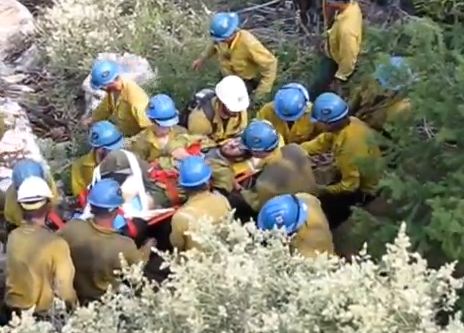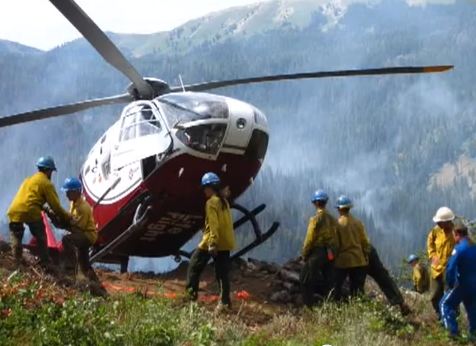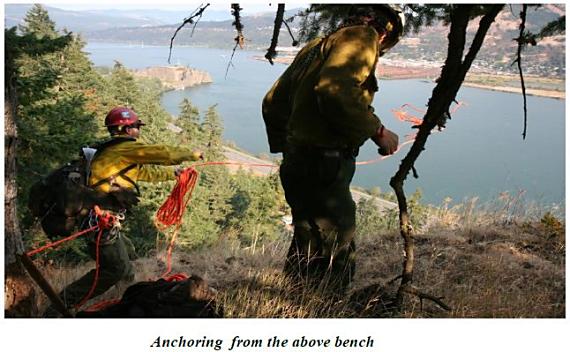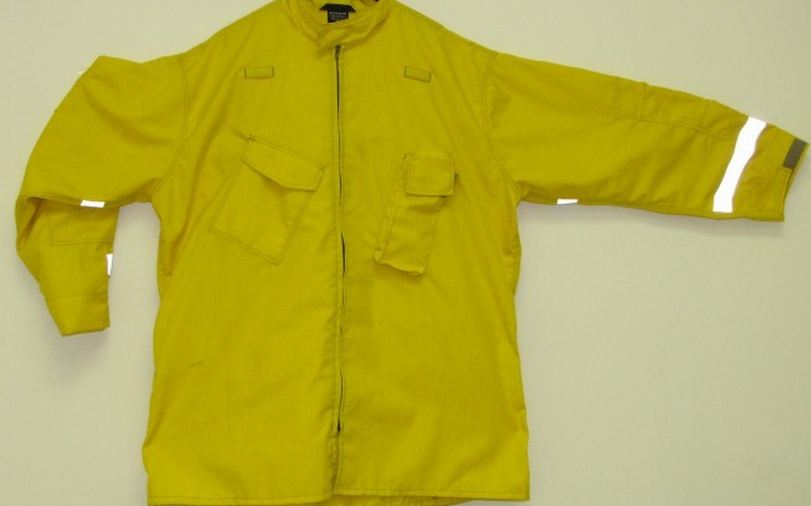The Montana Department of Natural Resources has released a lessons learned report on an outbreak of Norovirus on the Elbow Pass fire in August. It appears that quick, decisive action by the incident management team reduced the spread of the disease before it infected a large number of firefighters.
===============================================================
Lessons Learned
Montana DNRC, Northern Region Safety & Occupational Health
December 2012
Summary of incident:
On the morning of August 4th, 2012, three food handlers who were working for a state kitchen on the Elbow Pass Fire became ill with gastrointestinal symptoms and were transported to a health clinic for treatment. The safety officer and Logistics Section Chief from the Elbow Pass fire camp immediately took precautions, including contacting the Lewis and Clark County Health Department to report a possible outbreak of food-borne illness. Officials from the health department were dispatched on August 5th to investigate the site, and found the kitchen had met cleaning standards and was in good working order. Samples from those sickened were sent to a lab, two of which ultimately tested positive for Norovirus G1. Norovirus is commonly known as stomach flu, and can spread rapidly through person-to-person contact and food contamination, especially in closed communities such as fire camps. The entire kitchen and all kitchen staff were demobilized from the incident on August 6th, and the kitchen was cleaned two more times. By August 7th, an additional four cases were reported for a total of seven individuals. There was no evidence that the virus was ever spread through the kitchen or food, as all cases were directly tied to person-to-person contact. No additional cases were reported after the 7th, and all individuals that were sickened recovered within 24 hours of showing signs of infection.
What was done well:
1. The rapid response of the Incident Command team: this included calling the County Health Department as soon as symptoms were detected and requesting additional medics to be assigned to the incident.
2. Food contact surfaces were disinfected early, and the kitchen overall was held to a high standard of cleanliness.
3. Ill food handlers were kept away from the food production area, transported to a clinic for assessment and treatment, and were not allowed to return to work until well after recovery.
4. The responsiveness of the Incident Management Team and the DNRC-CLO staff to establish timelines for treatment, quarantine of individuals (and separate toilet facilities), and cleaning of the kitchen.
5. Quickly after the outbreak, a back-up plan was established for switching to an alternative food source.
6. The fire camp implemented early on the National Wildfire Coordinating Group, “Infectious Diseases Guidelines for Wildland Fire Management Teams”.
Recommendations/Lessons Learned:
1. Strive to have toilets and “warm water” hand washing stations in place at the incident as soon as possible once crews start to assemble or arrive at the incident.
2. Eliminate or reduce “self-service” food handling. This includes salad and fruit bars, and communal coolers.
3. Encourage everyone in fire camps to practice good hygiene procedures, and educate Incident Management Teams in early detection of food borne illnesses and how to contain them.
4. Specifically train those working as kitchen staff in proper hygiene procedures as well as in early detection of food borne illnesses.
5. Kitchen units, whether state-owned or private contractors, should consider the purchase or lease of portable toilets that can be exclusively used by and travel with the kitchen unit.










